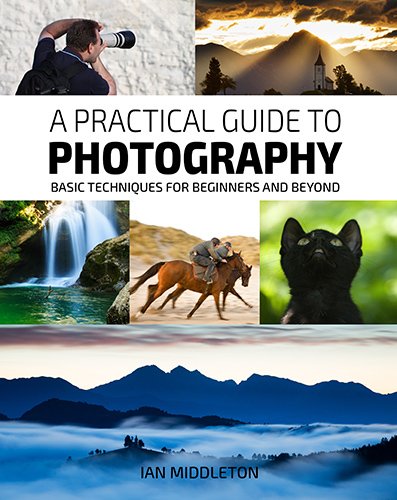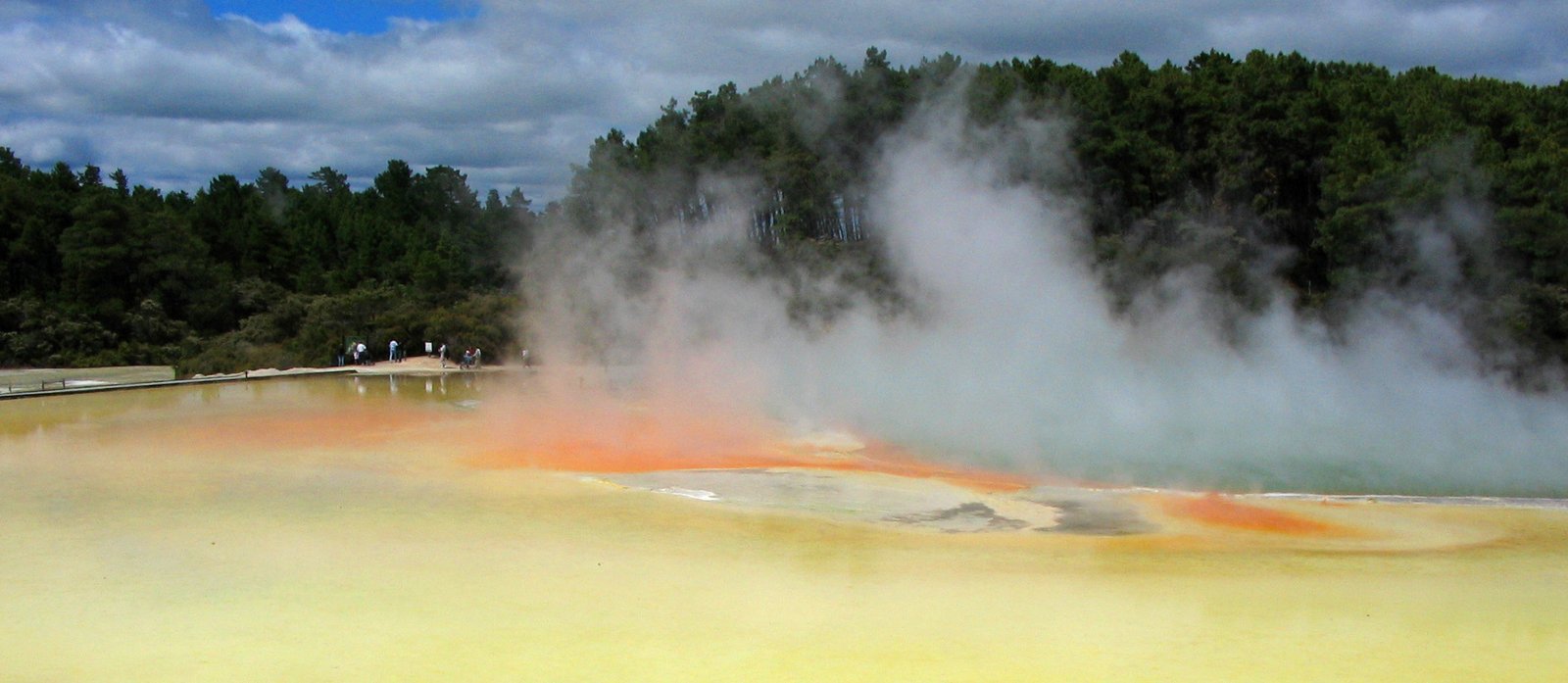Lying at an elevation of 4000 metres and covering 10% of the country, the Bolivian Altiplano is the highest plateau in the world.
It’s a stark wilderness flanked by the Andes and abundant with volcanoes, geysers and hot springs. Throughout history the area has been prone to flooding due to soaring temperatures and high humidity. In fact, 40,000 years ago much of the Bolivian Altiplano was an inland sea known as Lago Ballivián, until geological faults and evaporation caused the water level to drop dramatically. Lakes Titicaca (the world’s highest navigable lake) and Poopo are its only surviving remnants, along with the 12,000 sq km Salar de Uyuni, an immense plain of salt. In the middle of this vast world of salt, in stark contrast to its surroundings, lies a desert island laden with cacti. The Bolivian Altiplano is truly one of South America’s most beautiful and alluring tourist attractions, but getting there is a whole different story.
Easiest way to see it
By far the easiest way to cross the Bolivian Altiplano is to take one of the many famed three-day jeep tours starting from San Pedro de Atacama in Chile and ending at Uyuni in Bolivia.
Chile is a fascinating country running 4270kms up the western edge of the continent, but stretching only 180kms at its maximum width. Look at it on the map and it almost seems as though it has been squashed into the corner by Argentina; which isn’t too far from the truth. There have long been disputes between the countries over the border. It may be thin though, but it’s packed with diversity. The country stretches all the way from the frozen sub-Antarctic climate in the southern regions of Patagonia through a more moderate climate in the central regions, where lakes and volcanoes dominate the landscape, and then into the forbidding land of the Atacama Desert, the driest place in the world.
Atacama Desert
The Atacama Desert isn’t simply the flat, barren world of sand you may imagine it to be. Due to the Antarctic current sweeping cold water up the coastline, much of the region is abundant with marine life, including penguins and seals. As you head northwards the land rises as you climb slowly into the Andes. San Pedro de Atacama is in the northeast of Chile, just 120kms from Calama. As you drive in you are welcomed with the magnificent site of a row of snow-capped volcanoes lining the horizon and reaching altitudes higher than 5000 metres. This range forms a natural border between Chile and Bolivia. The most dominant of the volcanoes are Licancabur, Lascar, and Puritana. Melting snow from the Bolivian winter helps to irrigate the region and thus formed this desert oasis allowing lush vegetation to grow, such as chañar trees, carob trees, and capsicums, despite an annual rainfall of just 35mm a year.
San Pedro de Atacama
The town of San Pedro is a wonderful little place with a small population of around 2500. It’s well worth spending a few days here before leaving on the tour. In fact you may have to, as the tours are very popular and it may take a few days before you can get on one. But don’t let this put you off, there is enough in and around this town to keep you busy for a week, not to mention spending time getting know the friendly locals.
Just to the south lies the Salar de Atacama. At 3000 square kilometres it’s relatively smaller than the Salar de Uyuni, but this doesn’t diminish its beauty in any way whatsoever. Fifteen kilometres to the west lies the magnificent Valle de la Luna (Valley of the Moon). This stark, haunting landscape is so named due to its similarity to the surface of the moon. (If you’ve never been to the moon then you’ll have to take their word for it.) Whether or not this is true, there is no doubting the awesome beauty of this rugged, undulating landscape. Salt deposits cover the surface, which from a distance almost looks like a thin coating of snow. The tour is designed to end with you climbing a massive sand dune and watching as the setting sun casts long shadows, and the soft, warm light turns the rocky, sandy peaks and valleys into sumptuous orange and red colours. Suddenly you feel more like you could be on the planet Mars, rather than the Moon.
Altiplano Tours
There are many tour companies offering the three-day trip across the Bolivian Altiplano to Uyuni. In fact, if you are coming from Bolivia you can do it the other way. One of the biggest companies is Colque Tours. Colque has a reputation for being the best and the most reliable. Crossing the Bolivian Altiplano is a precarious business and also very hard on the vehicle. Many of these vehicles breakdown and getting stranded in this barren wilderness is not a pleasant thought. But the upside is that there are hundreds of tours all following the same route, so you are unlikely to be stranded for long. Colque is not much more reliable than the others, but they are one of the biggest and can send out a rescue vehicle if yours comes to a steaming halt.
All tours are unbelievably cheap, and you are best advised to book this in either San Pedro or Uyuni rather than through an agency at home; unless of course you would prefer to pay the extra to be sure of a place, especially if your trip is short. The tours last three days and two nights and all food is included. You just need to bring your own water, and I advise you to bring plenty of it.
Volcanoes

The day begins early as you head east in a minibus towards the towering row of volcanoes shimmering as the morning sun rises over them. You will cross the Chilean border then head slowly uphill for several miles from an altitude of 2440 metres to 4400 metres before crossing the Bolivian border, in actuality just a small hut sitting amid a treeless terrain where strong winds howl relentlessly across the open plateau.
Two customs officials, barely discernable underneath several hundred layers of clothing will greet you and check your passports. The next stop will be at Laguna Blanca where you will have breakfast and acclimatise to the higher altitude. Tea made from coca leaves is an effective cure for altitude sickness, and there will be plenty on offer.
Stunning mountain lakes
Here you will get your first taste of what is to come. There are not enough words in the English dictionary to describe the awesome beauty of what will lay before your very eyes. Laguna Blanca stretches out in front of you in the soft morning light, as still as a painting and backed by the magnificent Volcano Licancabur perfectly reflected in the mirror of its waters. Standing at 5920 metres this magnificent mountain is simply breathtaking. The summit crater is about 400 metres wide and contains one of the world’s highest lakes, which is frozen over most of the year. It’s possible to hike this active volcano if you have the time. The climb takes about 12 hours, so you won’t be able to hike it while on the tour.
Bolivia has suffered a bad reputation over the years due to its constant drug wars and political unrest. It was made famous by the exploits of Butch Cassidy and the Sundance Kid. Despite this, the country is far from being the dangerous place you might imagine. The Bolivian people are very friendly and welcoming to visitors.
From here the guides will divide you into small groups and you will board your jeep for the rest of the journey across this barren wilderness, first stopping at Laguna Verde for yet another stunning view of Licancabur across the glowing emerald lake; its colour being due to a high content of copper minerals.
Crossing the Highest Pass
On this first day you will climb over the highest pass of the trip: 5200 metres. The landscape is a veritable myriad of subtle colours almost looking as though it has been airbrushed. Despite being an apparent barren wilderness, the Bolivian Altiplano is home to a prolific wealth of wildlife. Most often seen is the pink flamingo that you won’t fail to miss on the lakes. If you are lucky, you may get the privilege of seeing a herd of Vicuñas sweeping across the plains.

The day will end at a small settlement next to Laguna Colorada, where an iridescent red lake (due to its red algae content) provides a lovely backdrop with llamas grazing upon its shore and the distant cone of a volcano perfectly outlined against the sky.
Tree of Stone
The next day will be just as inspiring as the previous. First stop is at Arbol de Piedra, an interesting stone monolith that has been carved into the shape of a tree by the weather. The dirt road will lead on past Laguna Cañapa and across a clay pan where the sky looks as though it is melting into the distant horizon.
The Bolivian army has several checkpoints along this region and every now and then your passport will be checked by spotty teenagers trying not to trip over the hems of their camouflage trousers. Due to a lack of recruits, the army allows boys as young as fourteen to join, but doesn’t seem to provide them with trousers that fit.
The second night is spent in the small village of San Juan, beside the Salar de Uyuni. The next morning the jeep heads out onto the blinding white surface of the salar, where the sky really does melt into the horizon.
Salar de Uyuni
This immense plain of salt is one of the Bolivia’s greatest natural wonders. The surface comprises of a thick layer of pure crystallized salt. In the winter heavy rainfall floods the area and turns it into a lake. But in the dry season (March to December), when the tours will run, the water level drops and vehicles can drive across.
With an area larger than many small European countries, the Salar de Uyuni is truly wondrous and incredibly spectacular. You will need good sunglasses here as the blinding white surface reflecting the deep blue sky, searing sun and fluffy clouds on the horizon could burn the retinas off the hardiest of travellers.
Isla de Pescadores
After a long drive the blinding white surface is broken by the unusual site of a small desert island, Isla de Pescadores. This lonely island appears on the horizon almost like a mirage. Towering cacti cover its brown surface, and is actually a welcome respite from the world of white.
As well as a couple of llamas, the island is also home to much birdlife. It’s hard to imagine how such a place could exist here, but the truth is that these little islands are actually the remains of ancient volcanoes that sank when the region was submerged during the Quaternary Period.
Depending on what time you arrive, the views from the top of the island across the salar as the sun dips low on the horizon are unrivalled anywhere in South America. The brown soil of the island casts a long purple shadow across the patterns in the salt.
There are advantages to having a jeep that breaks down a lot, as did I. The delay could mean that you are still on the salar at sunset, and this is something that only the privileged get to view. The entire salar is bathed in a deep red glow and almost looks like it is on fire.
The edge of the salar spells the end of the trip, as you are quickly whisked into the town of Uyuni. However, now you have entered Bolivia and a whole world of adventure awaits you in this gorgeous country whose population comprises of 50% pure indigenous Indians. Crossing the Bolivian Altiplano was just the beginning.

Read more in my book
Read more about my adventure through South America in my book: To the End of the World and Back (A South American Adventure)
















